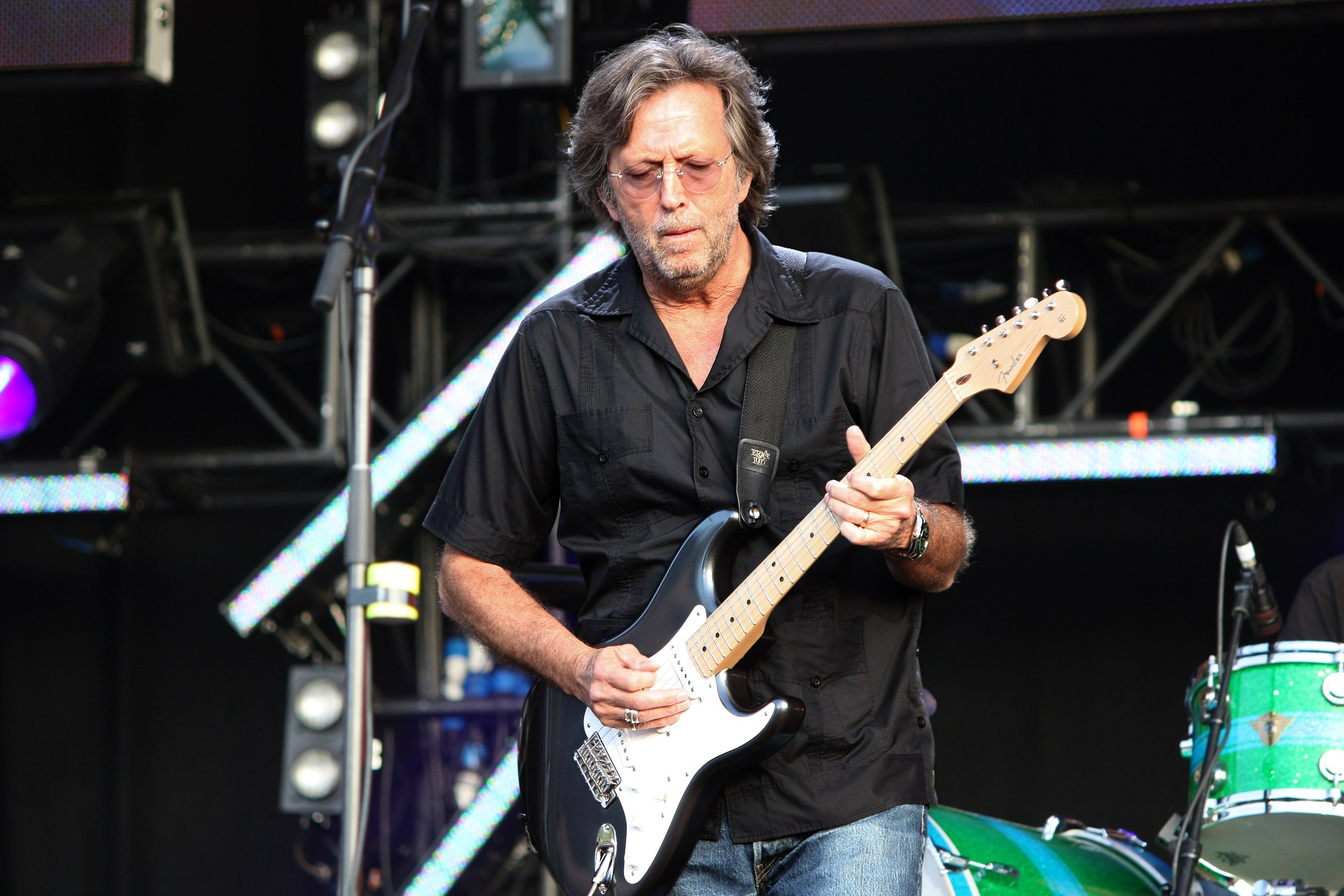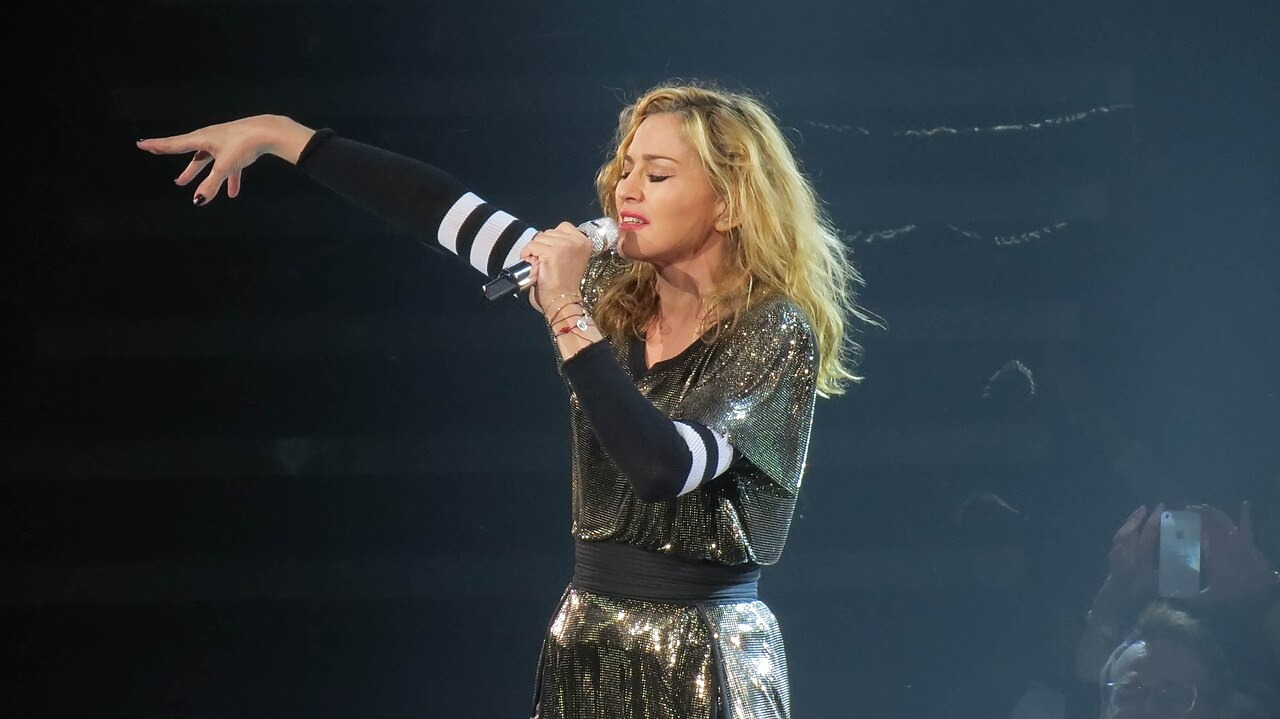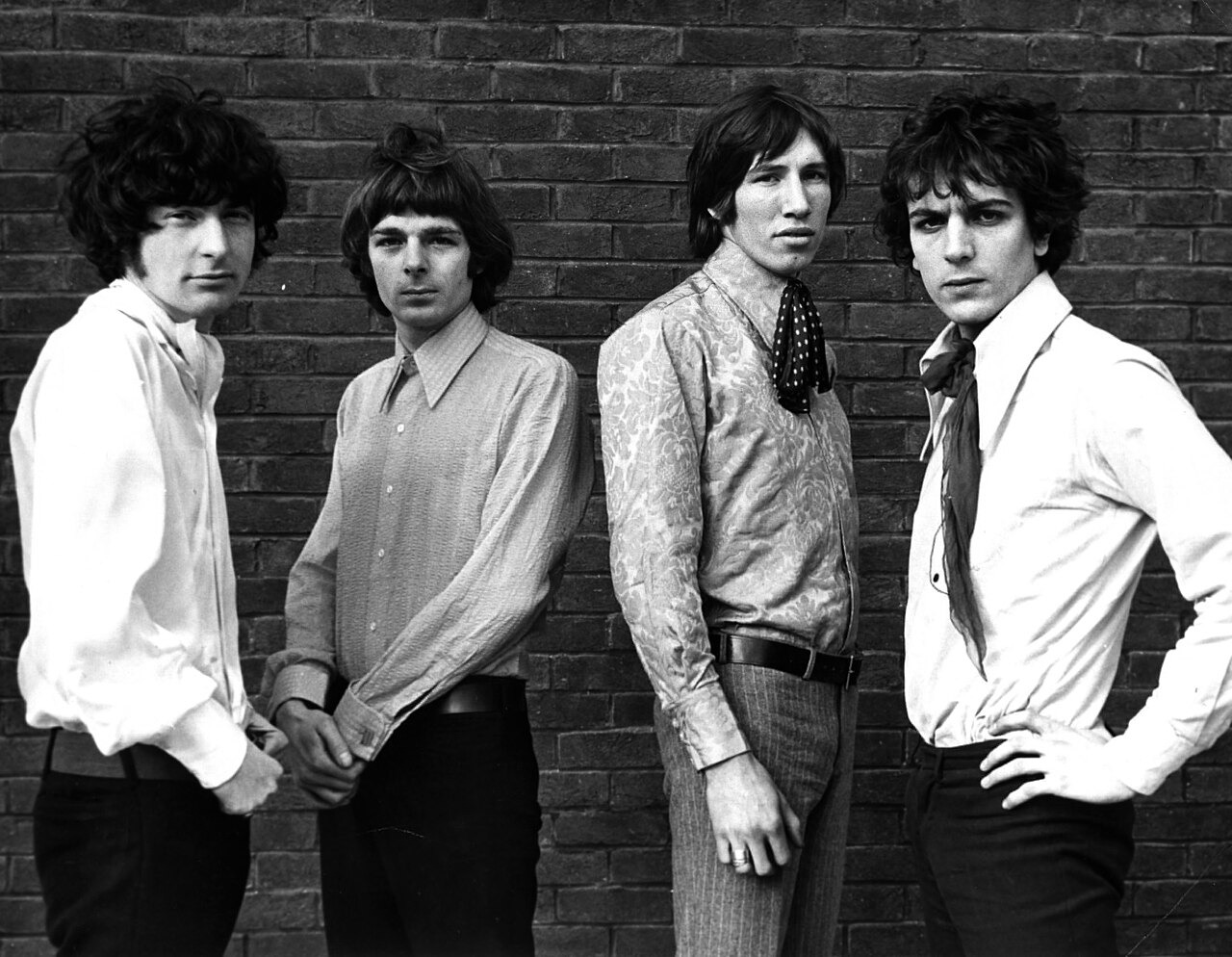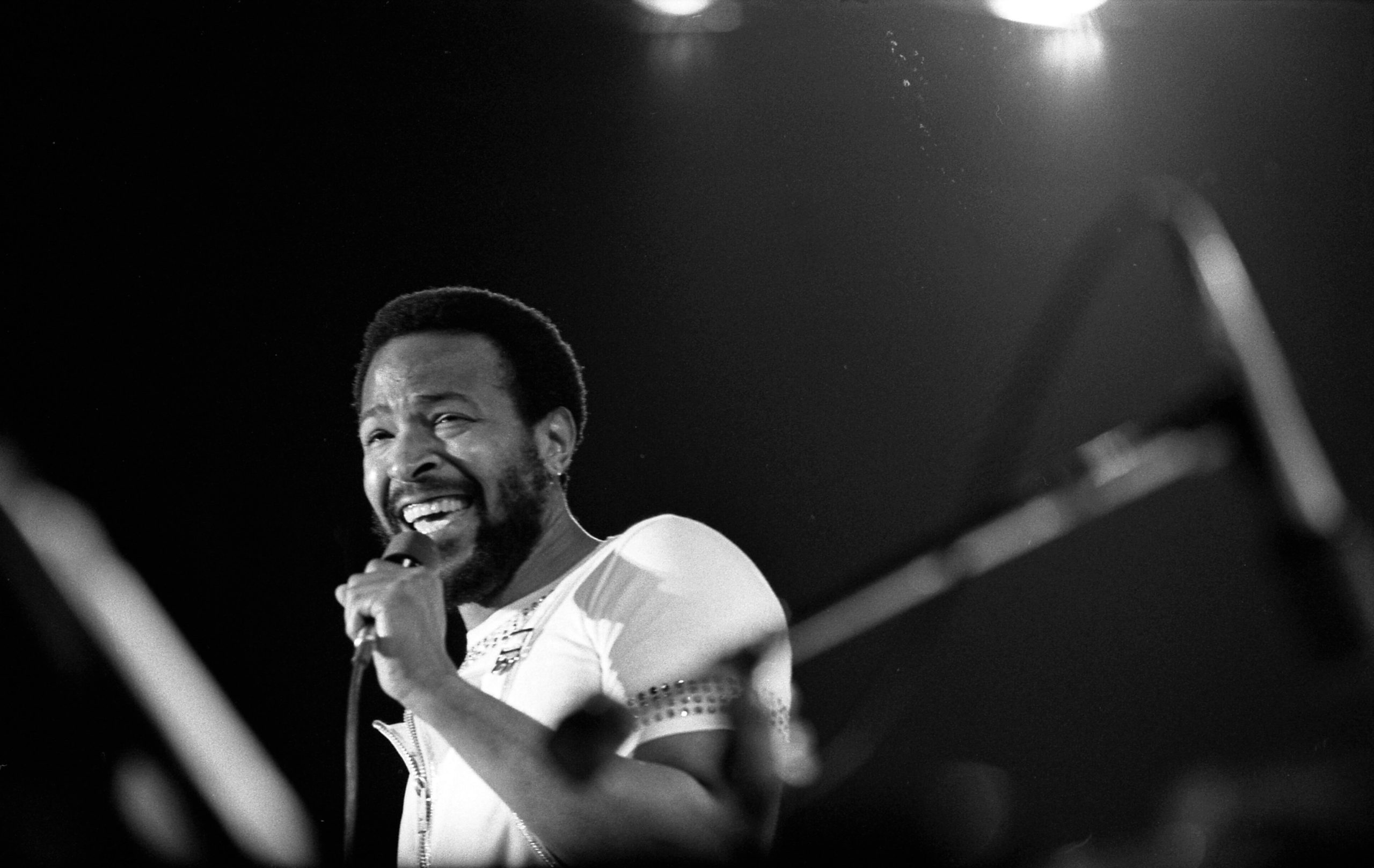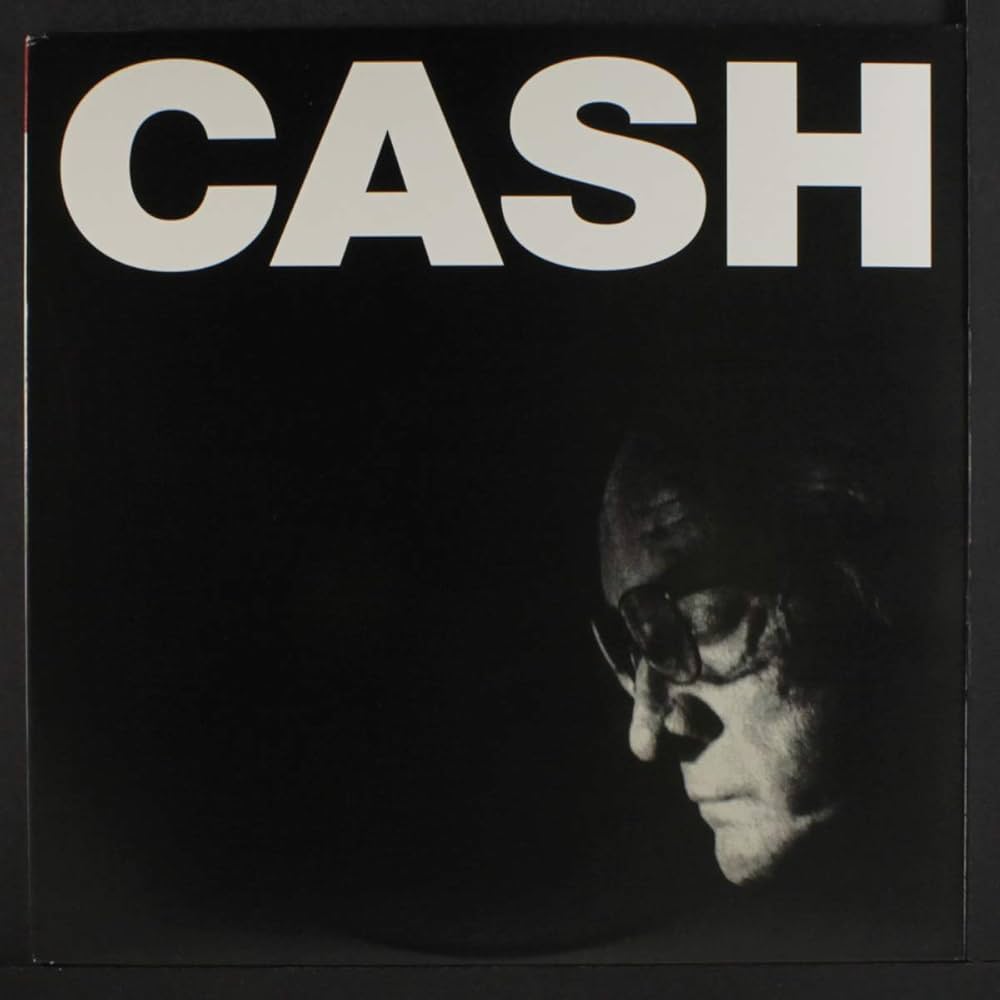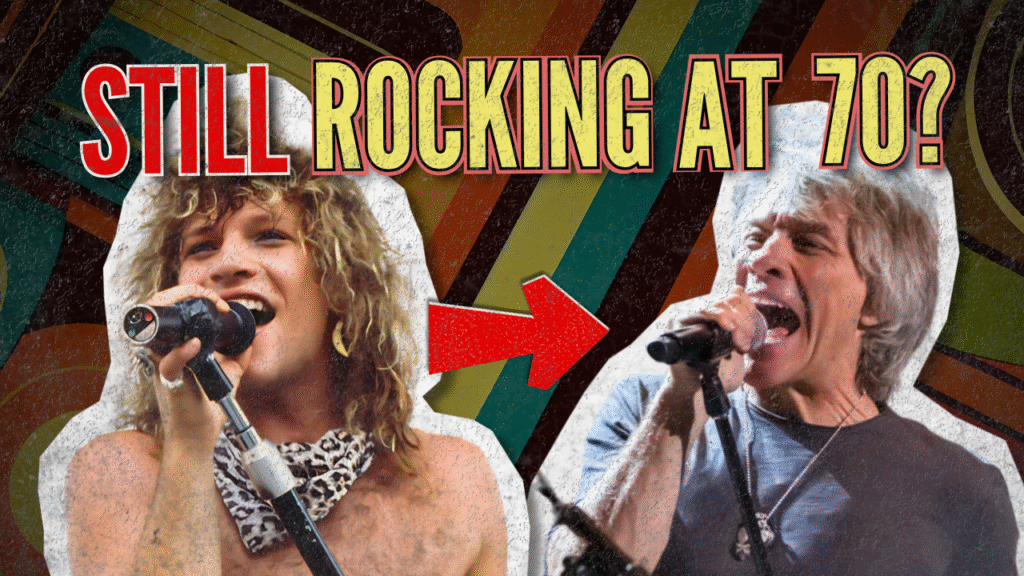
The 80s rewired our cultural DNA, transforming musicians into mythological figures whose influence extended far beyond vinyl. These music architects built sonic cathedrals that still echo through today’s airwaves.
Fast-forward to 2025, and they’ve transformed in ways that would make their younger selves do double-takes. Some have weathered health scares that would sideline lesser mortals, but here’s what hasn’t changed: that unmistakable spark that separated them from the crowd in the first place.
15. Joan Jett
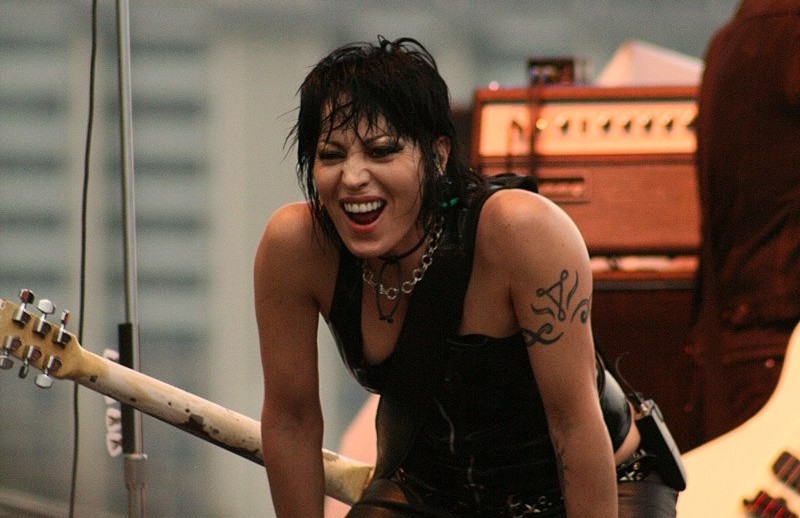
Rock history needed rewriting, and Joan Jett arrived with three power chords and uncompromising spirit. Her musical rebellion began at 16 when she co-founded The Runaways. This challenged the notion that young women couldn’t command rock stages with same authority as male counterparts. When the band dissolved in 1979, Jett doubled down, founding Blackheart Records and becoming the first woman to own and operate an independent record label.
Her 1981 anthem “I Love Rock ‘n’ Roll” wasn’t just a number one hit. It was a declaration of purpose that has guided her entire career. Jett’s continued performance schedule and advocacy for animal rights causes demonstrate that her rebellious spirit extends far beyond music. Her 2015 Rock and Roll Hall of Fame induction formalized what fans had known for decades—that Jett’s contribution expanded the very definition of what a rock star could be.
14. Bret Michaels
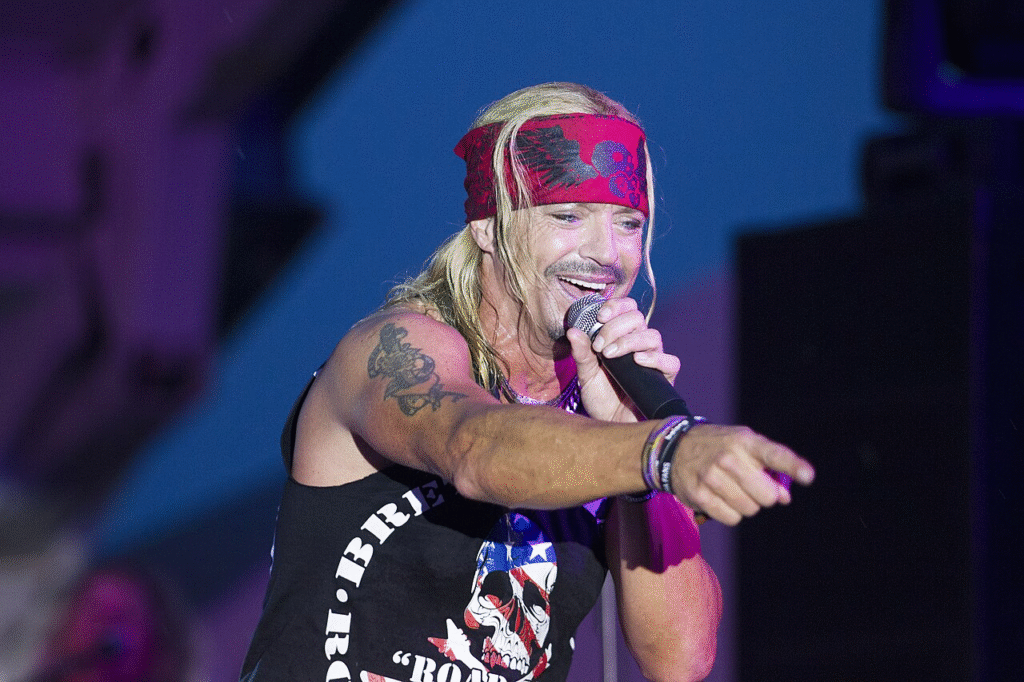
Resilience gets a human face in Bret Michaels, whose survival instincts rival his musical talents. As Poison’s charismatic frontman, he delivered anthems like “Every Rose Has Its Thorn” and “Nothing But a Good Time.” These helped move over 50 million albums worldwide. His bandana-and-cowboy-hat aesthetic became as recognizable as his voice, defining 80s glam metal’s colorful excess.
Michaels’ post-Poison evolution reads like career diversification done right. Reality TV shows like “Rock of Love” introduced him to audiences who might never have attended a Poison concert. His 2010 Celebrity Apprentice victory showcased business savvy. Most inspiring is his lifelong management of type 1 diabetes while maintaining a touring schedule that would challenge any performer. This transformed him from party-rock poster boy to multifaceted entertainer without losing the infectious enthusiasm that made him famous.
The transformations of these 80s legends are astonishing, but there are plenty of rock stars you wouldn’t recognize today whose journeys through fame, reinvention, and resilience are equally fascinating.
13. Rob Halford
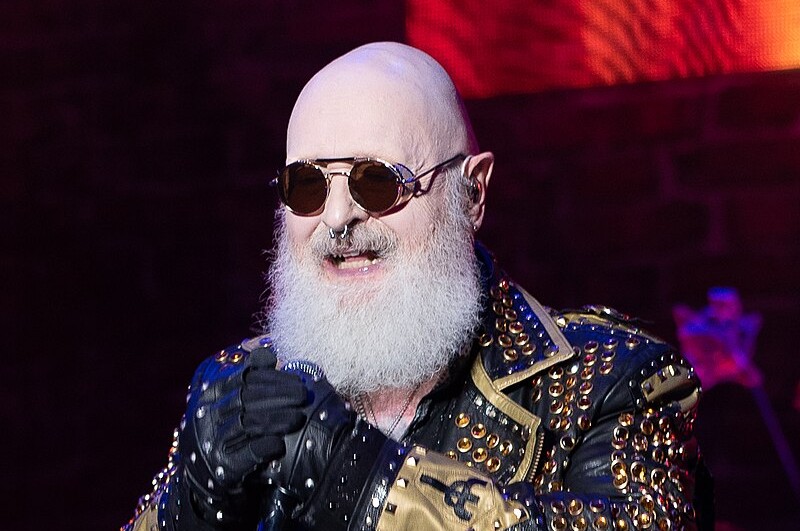
Metal needed a social revolution, and Rob Halford delivered both sonic innovation and cultural courage. As Judas Priest’s “Metal God,” his operatic range and leather-clad image helped define heavy metal’s sonic architecture. Albums like “British Steel” and “Screaming for Vengeance” weren’t mere song collections. They were blueprints that countless bands would follow.
When Halford came out as gay in 1998, he transformed from metal icon to cultural pioneer overnight. In a genre associated with hypermasculinity, his authenticity created space for countless fans and musicians to embrace their own truths. His 2003 return to Judas Priest continued their legacy. Albums like 2018’s “Firepower” prove his vocal prowess remains undiminished by time.
12. Gene Simmons

Rock stardom plus business acumen equals Gene Simmons—the ultimate entertainment industry equation. Born in Israel and arriving in the US at age 8, his journey from immigrant to KISS’s iconic “Demon” encapsulates the American dream with pyrotechnics attached. He and Paul Stanley built KISS into a global brand. Their logo rivals major corporations in recognition.
With over 20 studio albums achieving platinum and gold status, KISS created the merchandising template artists still follow. This includes everything from action figures to comic books to video games. Simmons’ business empire extends far beyond music into film, television, and countless product categories. Like a chess grandmaster who saw moves decades ahead, Simmons understood that rock stardom could be leveraged into something more permanent than hit records.
11. Vince Neil
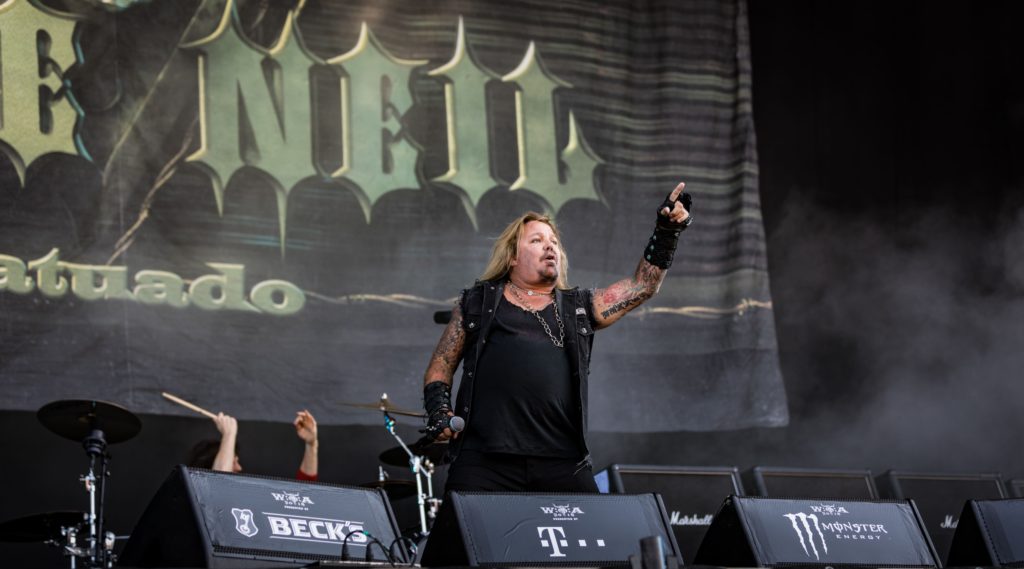
Controlled chaos found its perfect voice when Vince Neil joined Mötley Crüe in 1981. His tenor vocals provided perfect melodic counterpoint to the band’s raw musical attack. This created hits like “Girls, Girls, Girls” and “Kickstart My Heart” that defined 80s excess. Albums like “Shout at the Devil” and “Dr. Feelgood” weren’t just commercial successes, they were influential rock albums with sonic templates that countless bands would attempt to duplicate.
Though his relationship with bandmates has weathered numerous storms, their 1997 reunion and subsequent touring success speaks to enduring chemistry. This includes plans for major shows in 2024 that made them legends in the first place. Neil’s journey through rock’s treacherous landscape has included both triumphs and tragedies. But his voice remains one of hard rock’s most instantly recognizable instruments—a high-octane delivery system for songs that continue defining rock and roll excess.
10. Sebastian Bach
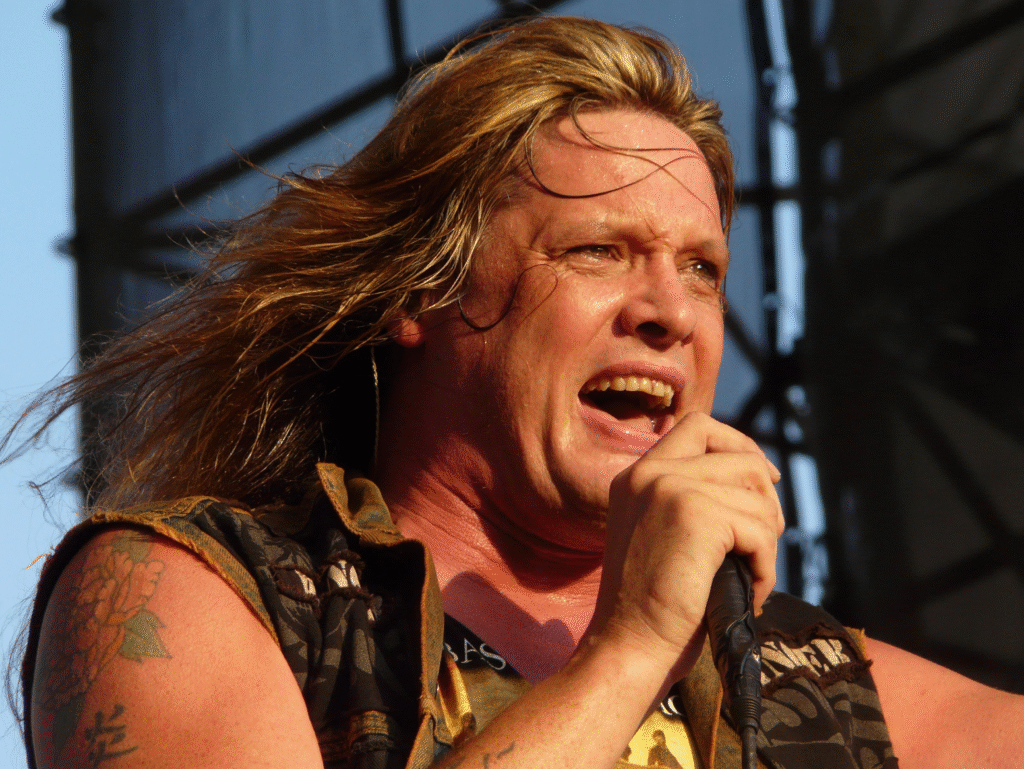
Transcending your original band’s success sounds impossible until you witness Sebastian Bach’s journey. His 1987-1996 tenure as Skid Row’s frontman produced multi-platinum albums like their self-titled debut and “Slave to the Grind.” Bach’s operatic range made him one of the era’s most recognizable vocalists. His performances were more than concerts—they were high-wire vocal acts pushing boundaries of what rock singers could accomplish.
Bach’s post-Skid Row journey has been remarkably diverse. This includes Broadway turns in productions like “Jekyll & Hyde” that showcased classical vocal training. After a decade-long recording hiatus, his 2024 album “Child Within the Man” represents both return to form and artistic evolution. Bach has navigated entertainment’s shifting landscape with remarkable adaptability, proving genuine talent remains relevant regardless of changing trends.
9. Joe Elliott

Vocal longevity defied another law of physics—Joe Elliott turns 65 and sounds stronger than ever. As Def Leppard’s founding vocalist, he transformed them from NWOBHM hopefuls to global superstars. Landmark albums like “Pyromania” and “Hysteria” proved his voice equally effective on rockers like “Photograph” and ballads like “Love Bites.” This became one of rock’s most reliable instruments.
At 65, Elliott remains remarkably active. Def Leppard released “Diamond Star Halos” in 2022 and continues working on new material in 2024. His leadership through numerous challenges—including drummer Rick Allen’s life-altering accident and guitarist Vivian Campbell’s cancer battle—reveals steadfast character transcending his frontman persona. Now based in Dublin, Elliott maintains a fitness regimen that would challenge performers half his age, demonstrating that rock stardom and personal well-being aren’t mutually exclusive.
8. Ozzy Osbourne

If you need proof that darkness can illuminate, study Ozzy Osbourne’s career trajectory. Rising from Birmingham’s industrial landscape with Black Sabbath, Osbourne helped birth an entire genre. Doom-laden classics like “Paranoid” and “Iron Man” captured post-industrial anxiety with supernatural precision. These songs created templates that metal bands still follow today.
Osbourne’s vision extended beyond his own music when he created Ozzfest. This transformed the touring festival landscape and provided crucial exposure for countless emerging metal acts. Though health challenges forced his touring retirement in 2023, his creative furnace still burns. He’s planning a new album for 2024, proving that some horror movie villains always return for one more scare.
7. David Coverdale

Five decades of vocal consistency sounds mythical until you hear David Coverdale’s bluesy power delivery. His bluesy, powerful delivery has remained remarkably consistent across five decades. His 1973 recruitment as Deep Purple’s lead vocalist thrust him into rock’s spotlight. Contributions to albums like “Burn” and “Stormbringer” established him as a formidable frontman before the band’s 1976 dissolution.
His subsequent formation of Whitesnake evolved from blues rock origins into the sleek hard rock machine that dominated late-80s MTV. Hits like “Here I Go Again” and “Is This Love” became defining moments. His 2003 decision to resurrect Whitesnake has led to productive late-career renaissance. Albums like “Good to Be Bad” and “Flesh & Blood” maintain the band’s signature sound while incorporating contemporary production values.
6. Janet Gardner

The 1980s hard rock scene had a Janet Gardner problem—not enough women commanding stages with equal authority. Leading Vixen, she created hits like “Edge of a Broken Heart” and “Cryin’” that stood toe-to-toe with anything their male counterparts produced. Touring alongside Ozzy Osbourne, Kiss, and Bon Jovi, Vixen achieved gold album status. This happened when female-fronted hard rock bands were still considered novelties.
Gardner’s post-Vixen journey reads like a masterclass in personal reinvention. Her musical partnership with husband Justin James has yielded compelling solo work on albums like “Your Place in the Sun” and “Synergy.” Meanwhile, her parallel career as a dental hygienist demonstrates refreshing rock star authenticity. Now settled in Connecticut, Gardner proves the rock lifestyle doesn’t have to consume everything—it can be one fascinating chapter in a multifaceted life.
5. David Lee Roth

If you’re seeking pure 80s rock excess distilled into human form, David Lee Roth remains the gold standard. His gymnastic stage presence and carnival barker charisma made him Van Halen’s indispensable showman. His partnership with Eddie Van Halen created perfect musical tension—Roth’s vaudevillian exuberance balancing Eddie’s technical virtuosity. Hits like “Jump” and “Hot for Teacher” were permission slips for a generation to embrace both technical excellence and theatrical abandon.
Roth’s 1985 departure from Van Halen marked one of rock’s most consequential splits. This revealed fundamental creative differences that often fuel great bands. His subsequent reinvention as visual artist, EMT, and creative polymath shows that showman spirit never dies—it simply finds new stages. Though officially retired from touring, Roth remains rock’s eternal Peter Pan, reminding us that growing older doesn’t require growing conventional.
4. Jon Bon Jovi
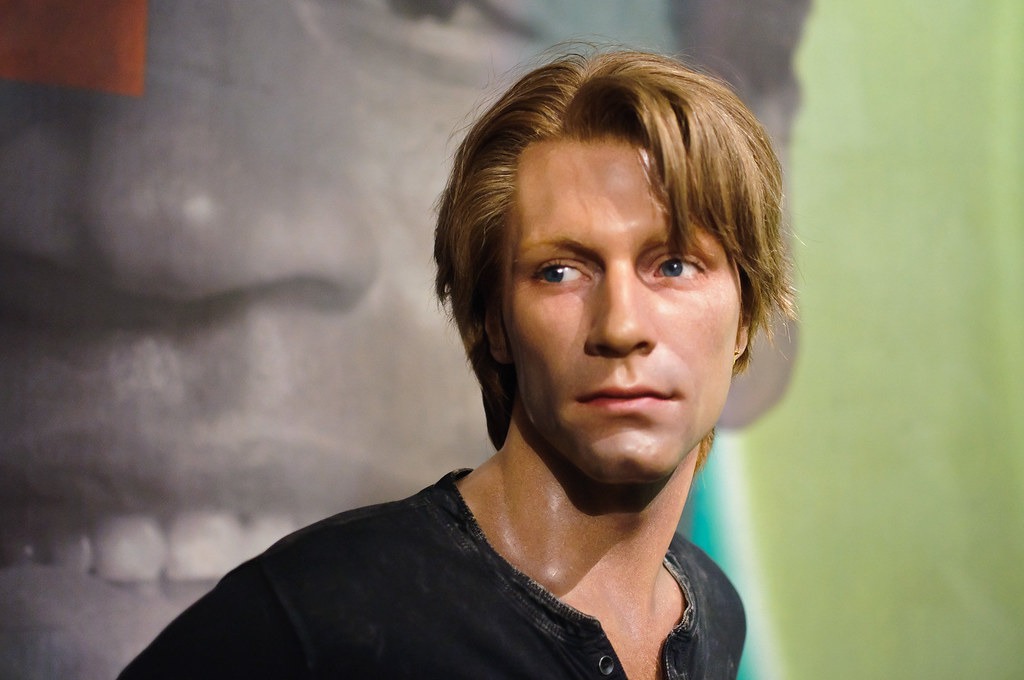
Struggling to connect with working-class America? Bon Jovi cracked the code with surgical precision. This turned anthems like “Livin’ on a Prayer” into multi-generational experiences. The song transcended mere hit status to become something more profound. It captured working-class struggle with emotional precision while maintaining pop radio accessibility. That’s not easy math to solve, but Bon Jovi made it look effortless.
The rock lifestyle can be as merciless as professional sports. Bon Jovi’s 2022 vocal cord surgery represented a career-threatening challenge. Yet he returned in 2024 with “Forever,” his 16th studio album—testament to his resilience. Beyond music, his JBJ Soul Foundation tackles homelessness with the same determination he brings to performances. This proves rock stars can age into something more meaningful than nostalgia acts.
3. Axl Rose
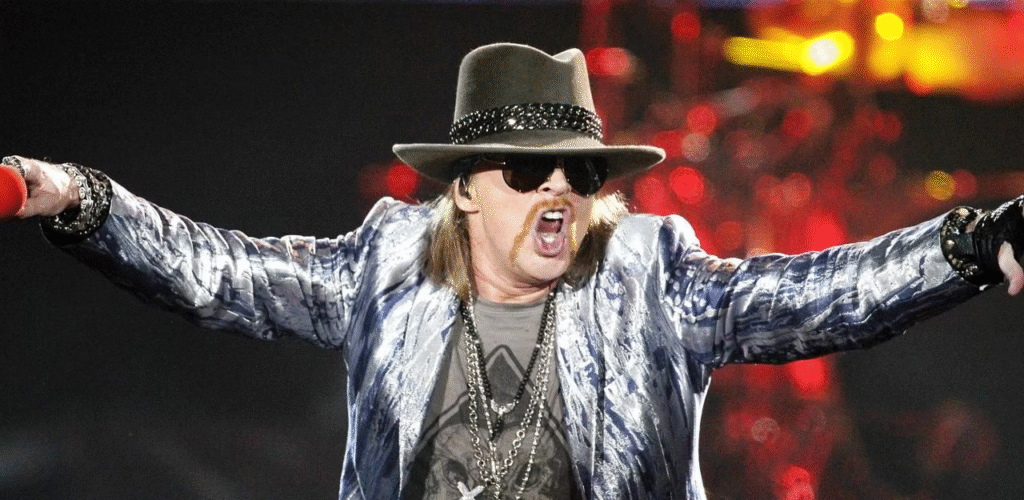
Appetite for Destruction launched more than an album—it detonated Axl Rose into rock mythology. Songs like “Sweet Child o’ Mine” and “Welcome to the Jungle” weren’t plain hits. They were cultural reset buttons that cleared away the increasingly synthetic sounds dominating late-80s radio.
Rose in 2024 resembles a musical time traveler who’s seen everything the industry can throw at an artist. At 62, he’s traded his wild-child persona for something more sustainable—shorter hair, improved fitness, but with those unmistakable vocal acrobatics still intact. He’s like a vintage muscle car that’s been carefully restored. The exterior shows signs of the journey, but the engine still roars with ferocious power.
2. Bruce Dickinson
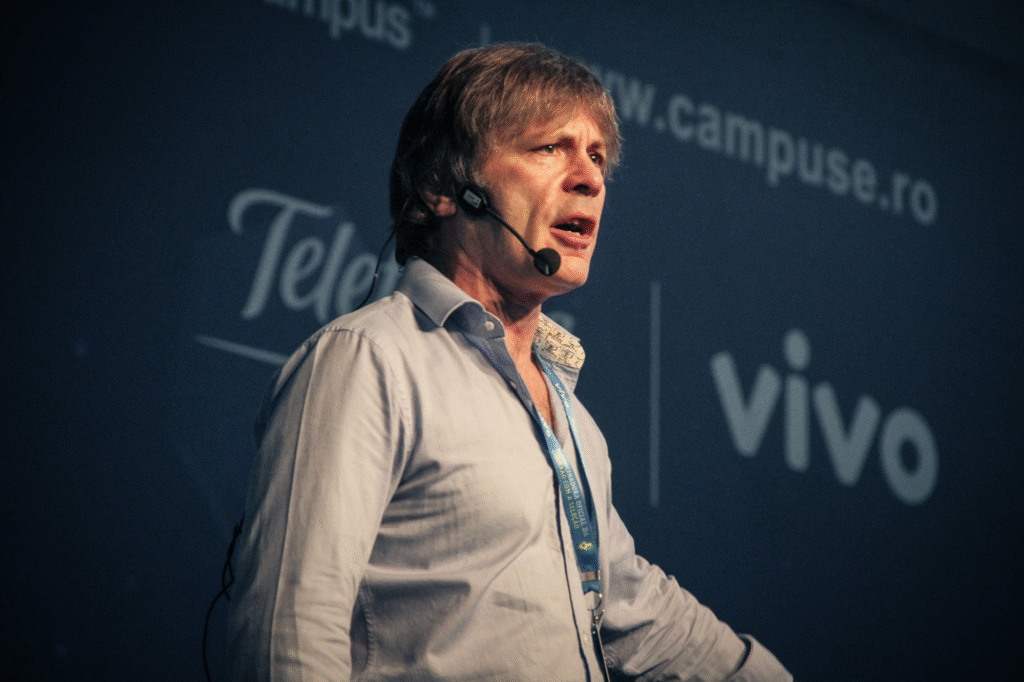
This Renaissance polymath happens to possess air raid siren vocals that redefined heavy metal. His 1981 arrival in Iron Maiden transformed both the band and heavy metal itself with air raid siren vocals. These could make opera singers envious. But Bruce Dickinson’s talents extend far beyond his legendary pipes. He’s conquered the skies as a commercial airline pilot and founded Cardiff Aviation in 2012.
When throat cancer threatened everything in 2015, Dickinson responded with characteristic determination. He emerged victorious and possibly more productive. His 2024 solo album “The Mandrake Project” expands his artistic footprint into comic books and film, creating an interconnected creative universe. Dickinson resembles a musical superhero whose powers only increase with time. Each challenge simply reveals another facet of his seemingly limitless capabilities.
1. Steven Tyler
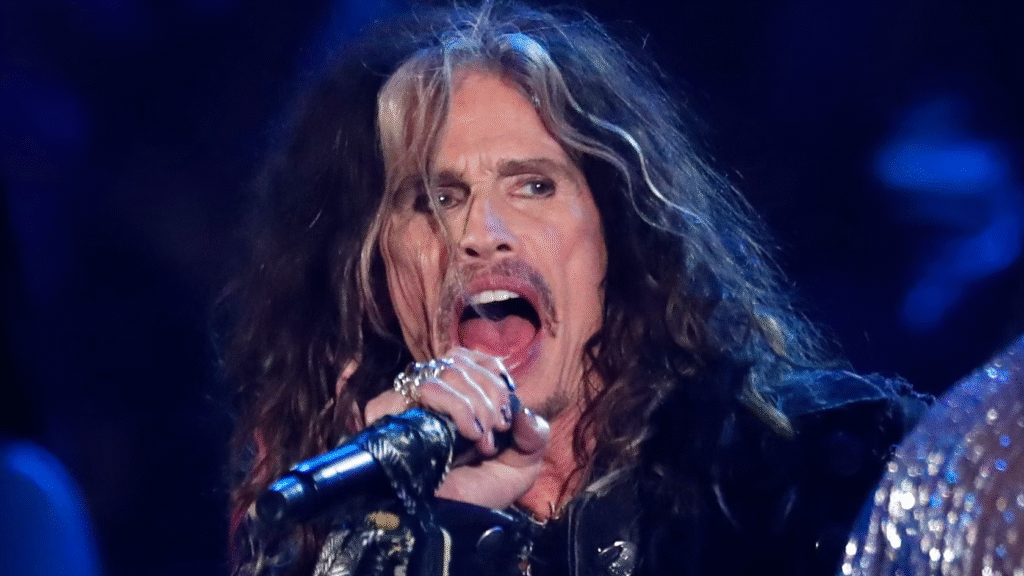
When vocal cords become weapons of mass seduction, you get Steven Tyler. He transformed raw emotion into pure vocal gold. His voice could scrape heaven on “Dream On” or get deliciously dirty on “Sweet Emotion.” His stage presence existed somewhere between circus performer and ballet dancer. Those flowing scarves and impossible splits created a visual vocabulary as distinctive as his four-octane vocal gymnastics.
When Aerosmith collaborated with Run-DMC on “Walk This Way,” they demolished the wall between rock and hip-hop years before such genre-blending became standard practice. Tyler’s 2023 vocal cord injury forced his retirement from touring. But his contributions remain immortal—like musical architecture that fundamentally altered how we understand rock’s possibilities.







